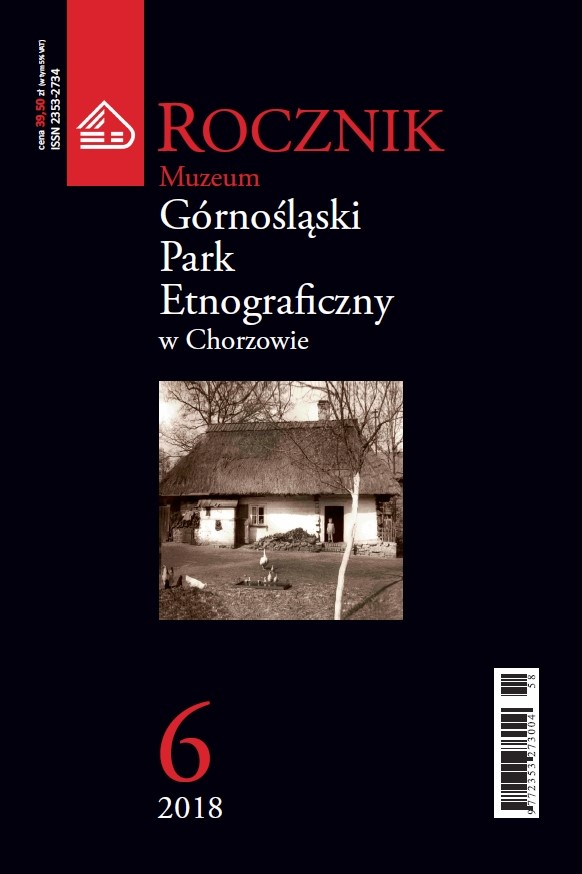Sytuacja polityczna ludności polskiej na Górnym Śląsku w latach 1918–1919
The Political Situation of the Polish Population in Upper Silesia in the Years 1918–1919
Author(s): Zbigniew HojkaSubject(s): History, Cultural history, Political history, Pre-WW I & WW I (1900 -1919)
Published by: Wydawnictwo Muzeum „Górnośląski Park Etnograficzny w Chorzowie”
Keywords: Upper Silesia; Upper Silesian plebiscite; World War I
Summary/Abstract: At the end of World War I, there was a clear activation of the Polish national movement in Upper Silesia. After the overthrow of the old Wilhelm-Orden (Eng. William-Order) in Germany, the pro-Polish activists of Upper Silesia clearly began to strive to join Upper Silesia to the reborn Poland. This coincided with the struggle to improve social conditions of workers in this area. Representatives of Polish society began to emerge in the form of various councils that tried to organize the Upper Silesian community. Particularly noteworthy were the Polish People’s Councils,scattered all over the area of Upper Silesia, of which, due to its importance, the Bytom Council deserves special attention. At the same time, similar councils were organized in Germany. The consequence of this was the deepening of the conflicton the national background, which resulted in the Silesian uprisings. The decision of the Paris Peace Conference ordered to conduct in Upper Silesia a Polish-German plebiscite to decide on the state dependency of the disputed area. As a result, the Upper Silesian Plebiscite Area was created where the allied forces took power.
Journal: Rocznik Muzeum „Górnośląski Park Etnograficzny w Chorzowie”
- Issue Year: 2018
- Issue No: 6
- Page Range: 9-23
- Page Count: 15
- Language: Polish

